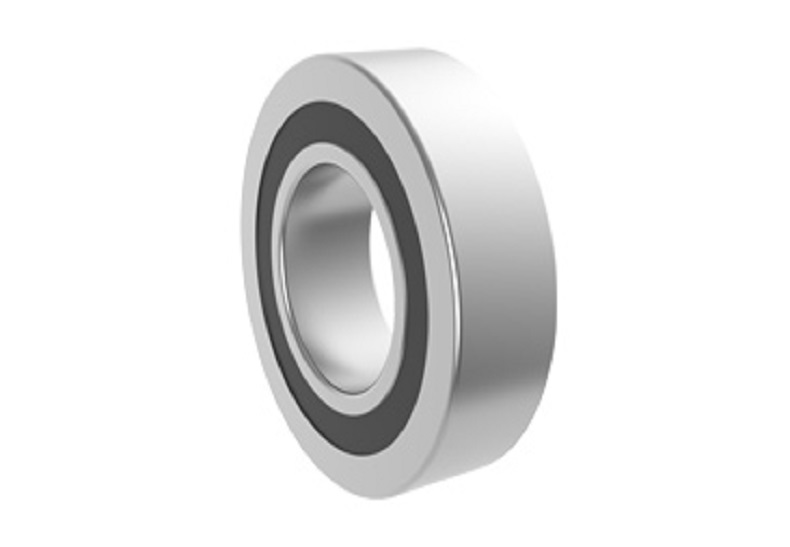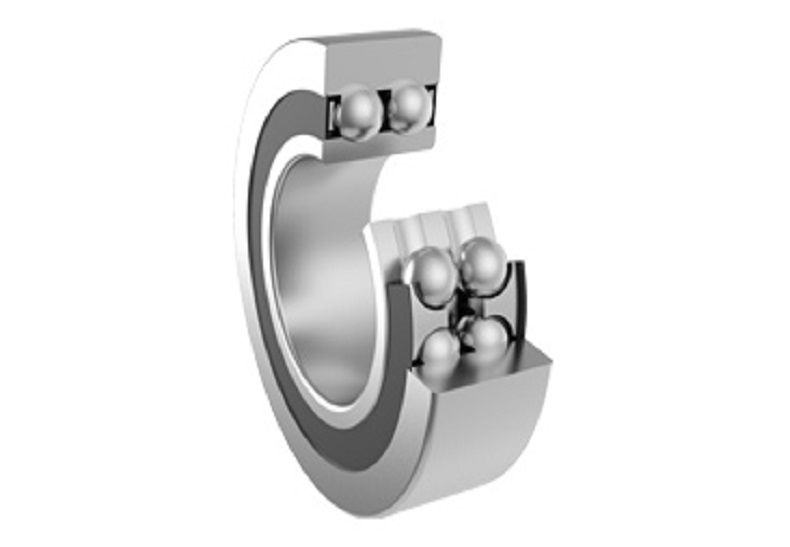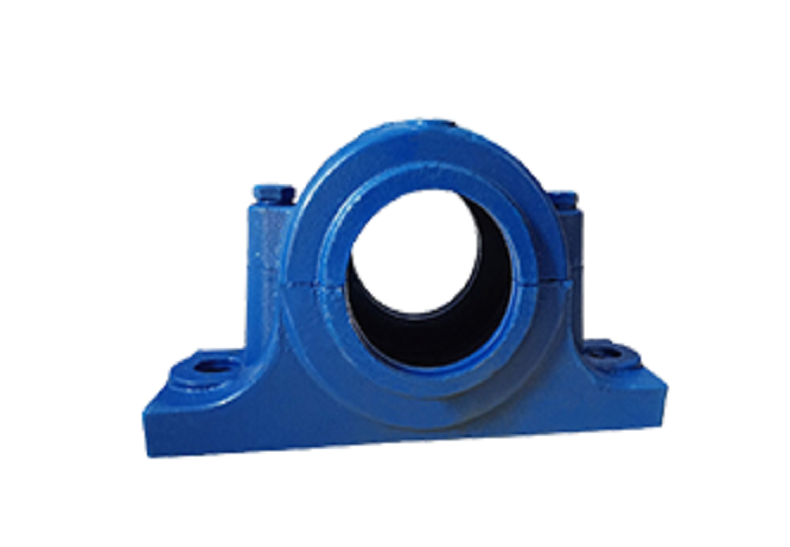Innovations in Self-Aligning Linear Ball Bearings
In recent years, there have been significant advancements in the technology and materials used in self-aligning linear ball bearings. These essential components play a crucial role in many industrial applications, providing smooth and efficient motion in linear systems. Let's take a closer look at some of the latest innovations in this field.
Introduction to Self-Aligning Linear Ball Bearings
Self-aligning linear ball bearings are designed to accommodate misalignment and deflection in linear motion systems. This unique capability allows the bearing to adjust and align itself with the shaft, reducing stress and improving overall performance. The self-aligning feature helps to prevent binding, ensure smooth operation, and extend the service life of the bearing.
Advanced Materials for Improved Performance
One of the key advancements in self-aligning linear ball bearings is the use of advanced materials. Traditional bearings were often made from steel, but modern bearings now utilize materials such as ceramic, plastic, and composite alloys. These materials offer enhanced durability, reduced friction, and improved resistance to corrosion and wear. By selecting the right material for the specific application, manufacturers can optimize the performance and longevity of self-aligning linear ball bearings.
Precision Engineering for Optimal Alignment
Another important development in self-aligning linear ball bearings is precision engineering. Manufacturers are now utilizing advanced machining techniques and computer-aided design (CAD) software to create bearings with tight tolerances and exceptional alignment accuracy. This precision engineering ensures that the bearing can self-align effectively and maintain smooth motion even under challenging conditions. By focusing on the design and manufacturing process, companies can produce high-quality bearings that meet the demands of modern industrial applications.
Integration of Smart Technology for Monitoring and Control
One of the most exciting trends in self-aligning linear ball bearings is the integration of smart technology. Some bearings now feature sensors and monitoring systems that provide real-time data on factors such as temperature, vibration, and load capacity. This data can be used to optimize performance, detect potential issues before they escalate, and schedule proactive maintenance. By incorporating smart technology into self-aligning linear ball bearings, manufacturers are empowering users to enhance efficiency, reduce downtime, and maximize the lifespan of their equipment.
In conclusion, the advancements in technology and materials used in self-aligning linear ball bearings are revolutionizing the industrial sector. By incorporating advanced materials, precision engineering, and smart technology, manufacturers are able to produce bearings that offer superior performance, durability, and reliability. The self-aligning feature of these bearings is especially beneficial, allowing them to adapt and align with the shaft for optimal motion control. As technology continues to evolve, we can expect even more innovations in self-aligning linear ball bearings, driving further improvements in efficiency and productivity across various industries.














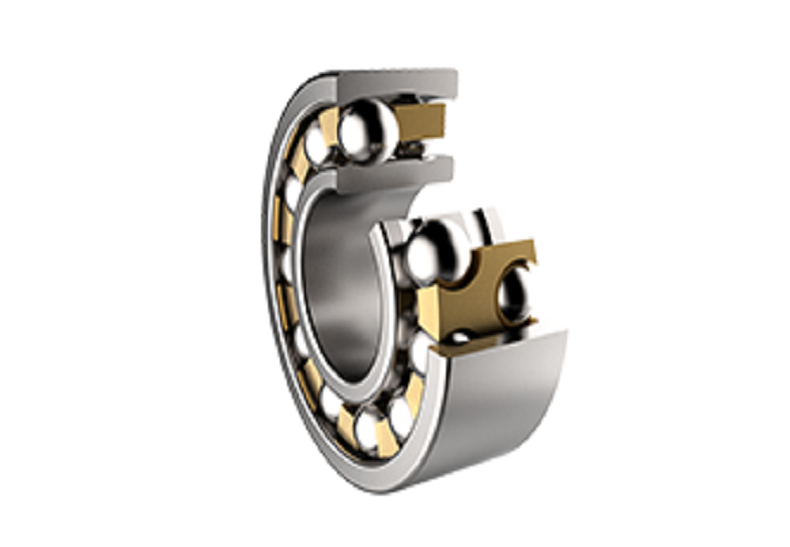
 English
English  français
français  Deutsch
Deutsch  italiano
italiano 


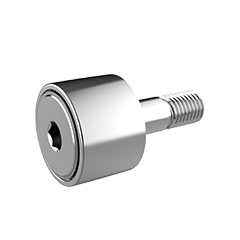
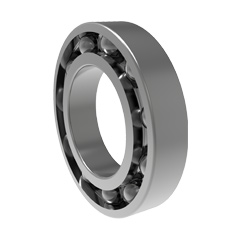
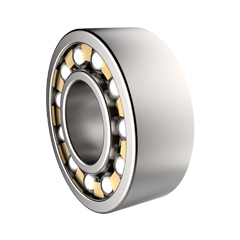
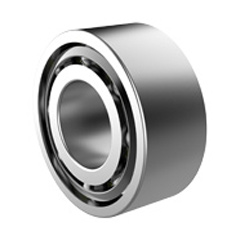
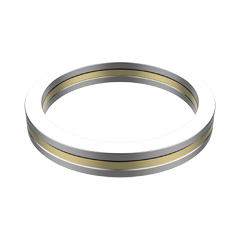
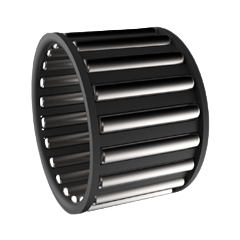
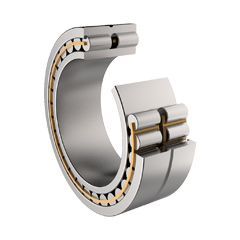
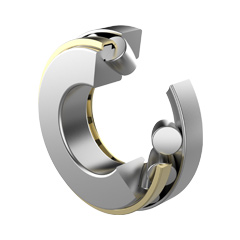
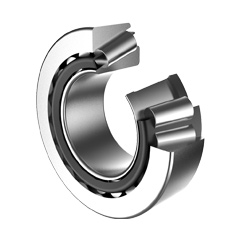
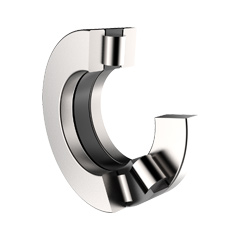
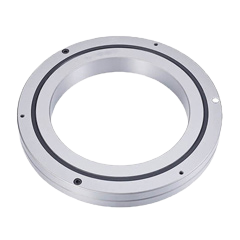
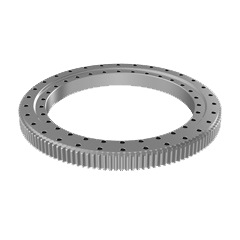
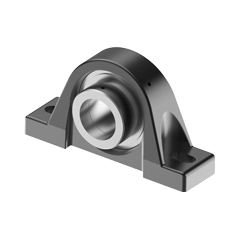
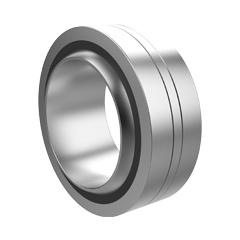

 English
English  français
français  Deutsch
Deutsch  italiano
italiano 

